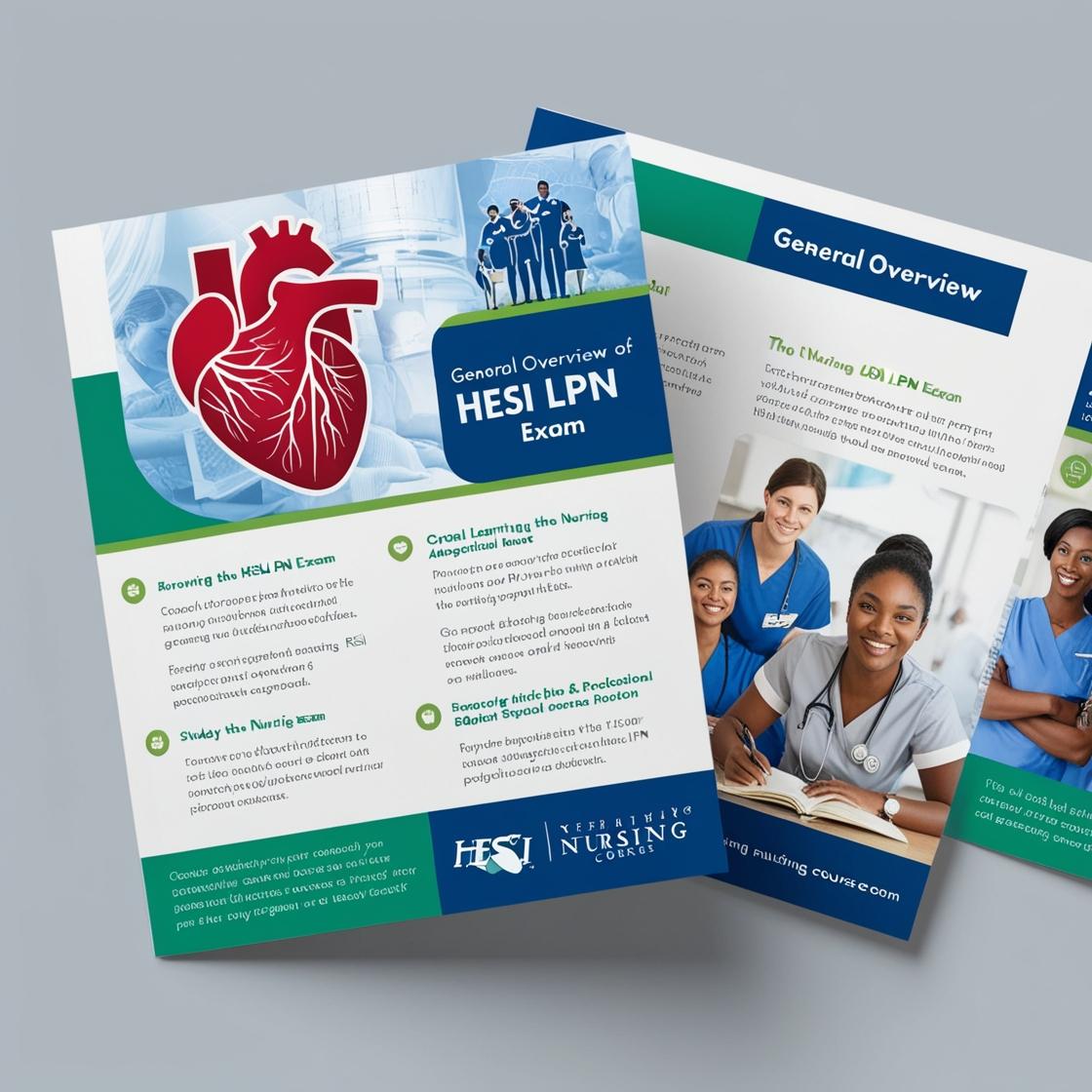HESI LPN
Practice HESI Fundamentals Exam
1. The client with gastroesophageal reflux disease (GERD) is receiving dietary modification education from the nurse. Which statement by the client indicates a need for further teaching?
- A. I will avoid eating large meals before bedtime.
- B. I will limit coffee consumption to the morning hours.
- C. I will elevate the head of my bed while sleeping.
- D. I will avoid spicy and acidic foods.
Correct answer: B
Rationale: The correct answer is B. Clients with GERD should avoid coffee as it can relax the lower esophageal sphincter and exacerbate symptoms. Limiting coffee consumption to the morning hours may not be sufficient, as coffee can still contribute to GERD symptoms throughout the day. Choices A, C, and D are all appropriate strategies for managing GERD symptoms. Avoiding large meals before bedtime, elevating the head of the bed while sleeping, and steering clear of spicy and acidic foods are all recommended practices to help alleviate GERD symptoms. Therefore, the client's statement in option B indicates a need for further teaching to completely address dietary modifications for managing GERD.
2. During a client admission, how should the nurse conduct medication reconciliation?
- A. Compare the client’s home medications to the provider's prescriptions.
- B. Review the client’s medical history.
- C. Assess the client's current medications.
- D. Ask the client about their allergies.
Correct answer: A
Rationale: During medication reconciliation, the nurse should compare the client’s home medications with the provider's prescriptions to ensure accuracy and prevent medication errors. Reviewing the client’s medical history (Choice B) is important but not the primary focus of medication reconciliation. Assessing the client's current medications (Choice C) is also vital but is not specific to the comparison between home and prescribed medications during reconciliation. Asking the client about their allergies (Choice D) is relevant for ensuring safe medication administration but is not the primary step in medication reconciliation, which involves comparing actual medications.
3. A nurse in a provider's office is collecting information from an older adult who reports that he has been taking acetaminophen 500 mg/day for severe joint pain. The nurse should instruct the client that large doses of acetaminophen could cause which of the following adverse effects?
- A. Liver damage
- B. Renal failure
- C. Gastric bleeding
- D. Heart attack
Correct answer: A
Rationale: Correct Answer: Large doses of acetaminophen can cause liver damage, which is a known adverse effect of the medication. Acetaminophen is metabolized in the liver, and excessive amounts can overwhelm the liver's ability to process it, leading to hepatotoxicity. Renal failure (Choice B) is not typically associated with acetaminophen use. Gastric bleeding (Choice C) is more commonly linked to nonsteroidal anti-inflammatory drugs (NSAIDs) rather than acetaminophen. Heart attack (Choice D) is not a recognized adverse effect of acetaminophen, which primarily affects the liver when taken in large amounts.
4. A nurse prepares to admit a client who is immediately postoperative to the unit following abdominal surgery. When transferring the client from the gurney to the bed, what should the nurse do?
- A. Lock the wheels on the bed and gurney
- B. Adjust the bed height
- C. Use a slide sheet
- D. Ask for assistance from another nurse
Correct answer: A
Rationale: The correct action for the nurse to take when transferring a postoperative client from the gurney to the bed is to lock the wheels on both the bed and the gurney. Locking the wheels ensures stability and prevents accidents during the transfer. Adjusting the bed height may be necessary for comfort but is not the primary concern during the transfer process. Using a slide sheet may be helpful in repositioning the client once on the bed but is not essential for the initial transfer. Asking for assistance from another nurse is always a good practice, but the immediate action to ensure safety during the transfer is to lock the wheels.
5. While caring for a client who begins to experience a generalized seizure while standing in her room, which of the following actions should the nurse take?
- A. Place a pad under the client’s head
- B. Hold the client’s limbs tightly to prevent injury
- C. Lift the client into bed with the help of other staff members
- D. Insert a bite block into the client’s mouth
Correct answer: A
Rationale: During a seizure, the priority is to protect the client's head and ensure their safety. The nurse should guide the client to the ground if possible and place a soft pad or a folded cloth under the head to prevent injury. Restraining the client's limbs can result in injury and should be avoided. Lifting the client can also lead to injuries during a seizure. Inserting a bite block is contraindicated as it can cause damage to the teeth, oral tissues, and obstruct the airway. Therefore, the correct action is to place a pad under the client's head to protect them during the seizure.
Similar Questions

Access More Features
HESI LPN Basic
$69.99/ 30 days
- 50,000 Questions with answers
- All HESI courses Coverage
- 30 days access @ $69.99
HESI LPN Premium
$149.99/ 90 days
- 50,000 Questions with answers
- All HESI courses Coverage
- 30 days access @ $149.99
